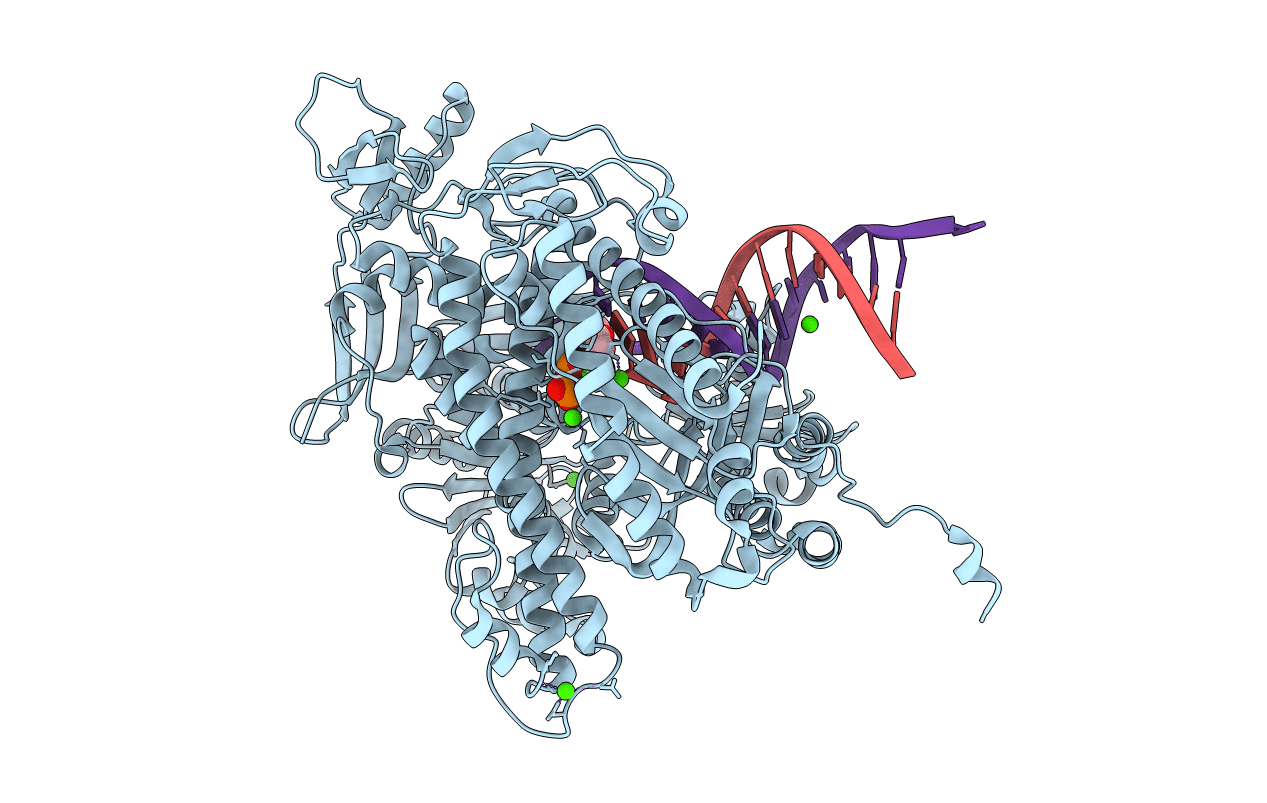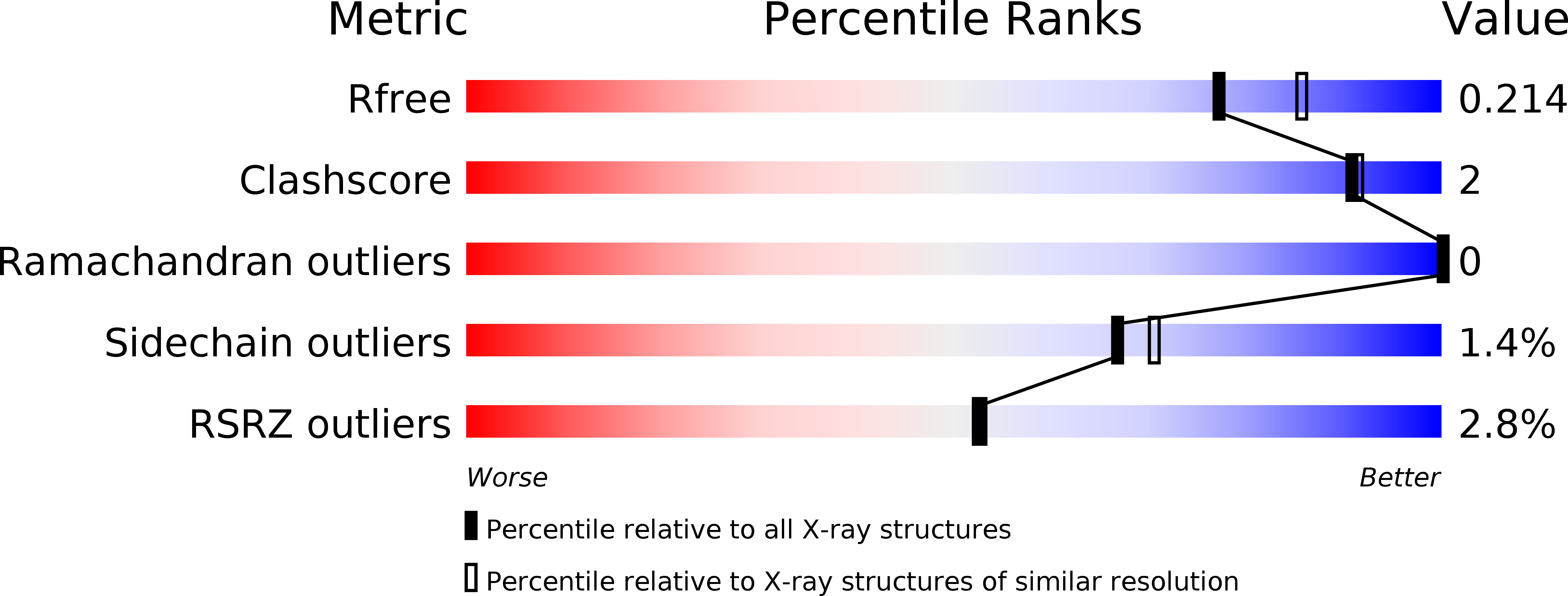
Deposition Date
2013-02-04
Release Date
2014-02-19
Last Version Date
2024-02-28
Entry Detail
Biological Source:
Source Organism:
Enterobacteria phage RB69 (Taxon ID: 12353)
Host Organism:
Method Details:
Experimental Method:
Resolution:
2.02 Å
R-Value Free:
0.21
R-Value Work:
0.17
R-Value Observed:
0.18
Space Group:
P 21 21 21


